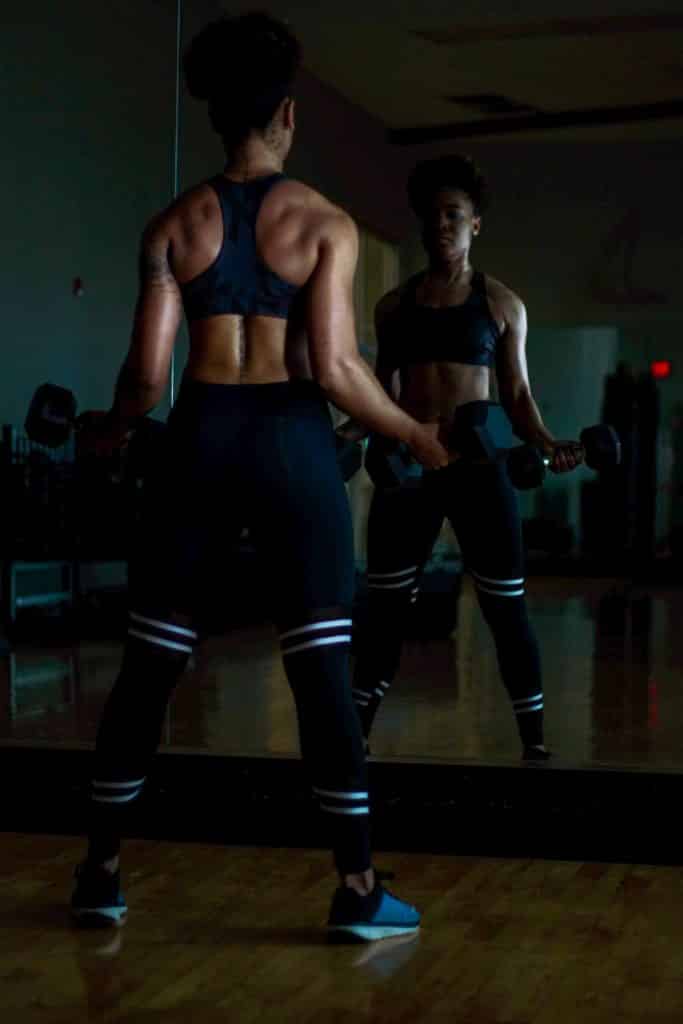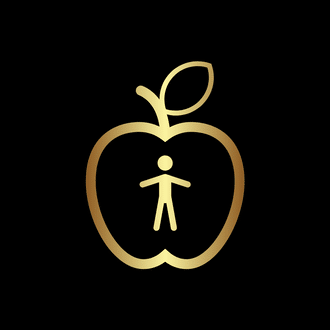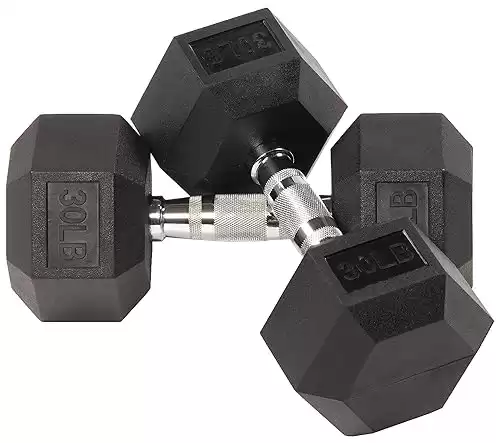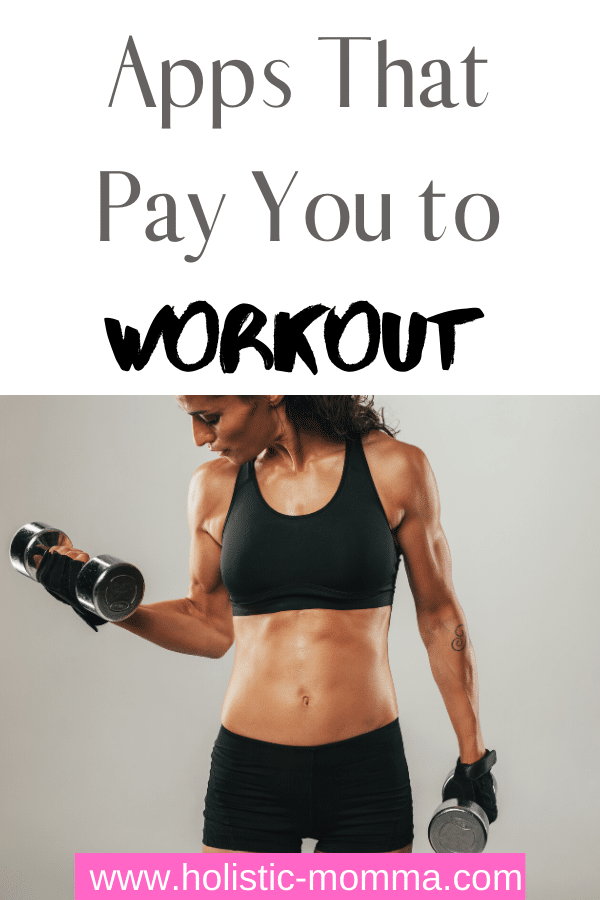Dumbbell Exercises: 12 of the Best You Can Do at Home
For years, there has been a debate over free-weight King between the barbell and the dumbbell. However, it would be criminal to sleep on the dumbbell’s benefits and versatility for free-weight exercises. If the aim is to build muscle mass, facilitate fat loss, or increase body strength, dumbbell exercises check every box while improving cardiovascular capacity.

Though a classic piece of equipment, the dumbbell has stood the test of time and plays an intrinsic part in developing a strong, fit body for those of all ages, backgrounds, and fitness endeavors.
Irrespective of whether you are an average keep-fit person, a celebrity, a powerlifter, or a bodybuilder, dumbbell exercises are consistently included in workouts.
Dumbbells are not only mobile, but they are also reasonably inexpensive compared to barbells, plates, and machine equipment. The low affordability of dumbbells was evident by a surge in free weight sales when the world entered the pandemic.
In March 2020 – in the early stages of the pandemic when many of the nation’s gyms were temporarily closed due to lockdown – free weight sales jumped by an astonishing 181% compared to the previous year, according to a market research company, NPD.
Table of Contents
What Are 3 Benefits of Dumbbells?
1. Increased Safety
With a barbell, it’s far too easy to leave yourself in a compromising and dangerous situation when you’re attempting a lift that is within the proximity of your current level of strength.
Over the years, we have seen proof of countless horrifying injuries where someone has failed a squat or bench because of this.
When using dumbbells, however, this is not the case.
There is a higher level of safety and reduced risk of injury as you can drop them to the floor without any cause for concern.
2. Better Muscle Activation and Stabilization
Compared to the barbell once more, dumbbells require more excellent stabilization when performing exercises.
A study compared the electromyography of the chest, biceps, and triceps when doing a barbell bench press, a smith machine flat press, and a flat dumbbell chest press.
Both the barbell press and dumbbell bench press were similar in tricep and chest activity. However, the biceps activity was markedly higher with the dumbbells.
The study then proves that excellent stabilization is necessary with dumbbells, which has a knock-on effect of activating more significant amounts of muscle fibers.
3. Greater Freedom of Movement
You will gain more significant movement when performing any dumbbell press exercise.
For example, the shoulders can move more freely and are not stabilized during the press.
There is a set range of motion with barbell pressing. It is a linear, fixed position.
However, you’re in a whole world of trouble if, while pressing, you aggravate an existing injury, or worse still, cause an injury.
The beauty of dumbbell pressing is that it allows you to rotate your shoulders internally and externally.
You also have the advantage of adjusting the height of the dumbbells around pain-free areas, avoiding any existing injuries.
Can I Build Muscle With Just Dumbbells?
The answer is an unequivocal yes!
The equipment you use is only a tiny part of the overall picture of building muscle.
Dumbbells are equally as beneficial as anything else. They can go up to a substantial amount of weight to overload the muscles, and they are underrated when it comes to developing the core muscle groups.
However, a fundamental part of the muscle-building process is following a diet that aids recovery and getting adequate rest.
- High-quality solid cast dumbbell encased in rubber, dumbbells will last throughout the years while protecting your floor
- Solid metal chrome finishes contoured (ergo) handles designed to fit comfortably. Textured handle provides a tight and secure grip
- Hexagon shape rubber encased heads help prevent rolling and provide easier storage
Best Dumbbell Exercises
1. Stationary Dumbbell Lunge
- Start with both legs hip-width apart, toes forward, keeping your back straight, and a dumbbell in each hand. Palms should be facing your sides.
- Take a big lunge forward, focusing on keeping your upper body straight.
- Now bend both knees as you slowly lower your body and back knee toward the ground while keeping your back straight. Ensure your front knee is in line with the ankle.
- Come back up and straighten both legs back to the start position.
2. Lateral Raise
- Start with feet just short of shoulder-width apart, holding both dumbbells at your sides, palms to face one another.
- Lift both arms 90 degrees to your sides (with weights still in arms), ensuring not to bend the elbows or swing the arms.
- Pause at the top of the movement for one second, slowly bring both arms back down to sides, and repeat.
3. Dumbbell Shoulder Press
- Start with palms facing forward and hold a dumbbell above each shoulder at chin height. That is the start position.
- As you press both dumbbells up, breathe out until the end of the movement, which is when both dumbbells are above your head, with elbows slightly bent.
- Momentarily hold the dumbbells above your head, then lower the weights slowly back to the starting position.
4. Tricep Extensions
- Stand up straight or sit on a bench. Hold a single dumbbell in both hands.
- Ensure feet are shoulder-width apart and engage your core.
- Extend your arms fully and raise the dumbbell over your head, keeping palms to face upward. That is the start position.
- Bending your arms at the elbow, engage your triceps as you lower the dumbbell slowly behind your head.
- Hold momentarily, then return to the start.
5. Dumbbell Row
- Start with your right hand and right knee on a bench or a flat surface that is knee-height. Ensure your left foot is out wide to the side, and a dumbbell in your left hand, hanging.
- Keeping your back in a neutral position and left knee soft, drive your elbow up, lift it to your torso, and lower back down to the start.
- Repeat.
6. Dumbbell Pullovers
- Lie flat on your back on a bench, holding a dumbbell in both hands above your head, parallel with your chin. Ensure your arms are straight but not locked.
- Lower the dumbbell behind your head slowly until you feel a stretch in your chest and hold for 1-2 seconds.
- Return to the start position and ensure you squeeze your chest hard at the contraction point.
7. Single-Leg Dumbbell Deadlift
- Start by holding two dumbbells in front of your thighs, palms facing inwards.
- Now lift one leg behind you slowly, simultaneously slightly bending the other knee, and lean forward, making sure your arms lower the dumbbells to the floor.
- Momentarily pause, then return to start position.
8. Alternate Dumbbell Biceps Curl
- Stand up straight, holding a dumbbell in each hand, palms facing outward.
- Raise one dumbbell until it reaches shoulder height – pause – lower down to the bottom slowly, then raise the other one.
- Repeat.
9. Dumbbell Reverse Fly
- Stand with both feet hip-width apart with a hinge at your hips, ensuring arms are extended, palms facing inward to start.
- Raise arms out to the sides at 90-degrees, and squeeze your shoulder blades together at the top of the movement.
- Momentarily pause, then reverse out of it.
- Repeat.
10. Dumbbell Press
- Lie back on a bench with a dumbbell in each hand.
- Ensure you bend each arm to the side of each shoulder, palms facing upwards.
- As you press the weight overhead, extend your elbows.
- Press until your arms are entirely straight above your chest without touching the weights with one another.
- Bring the weights back down slightly past shoulder level in a controlled motion.
- Repeat.
11. Goblet Squat
- Hold one dumbbell at chest height with one hand under each of them to make yourself comfortable.
- Inhale deeply, and as you squat, simultaneously push the hips back.
- Squat until thighs are parallel with the ground, then reverse out of the movement.
- Engage core and drive feet through the ground.
- Push back to starting position and repeat for the optimum number of reps.
12. Skullcrushers
- Sit on a bench with knees bent and feet flat on the floor. Hold the dumbbells at your chest.
- Lower your upper body slowly down to the bench, then extend your arms so the dumbbells are in the press position.
- Keeping your hand grip neutral, carefully lower the dumbbells to your forehead.
- Once at forehead height, extend the elbows and contract the triceps, then return to the starting position.
- Repeat.
FAQ
1. How often should you work out with dumbbells?
Three to four times per week is optimal. However, this advice goes for any workout routine.
2. How can I do dumbbells at home?
If you cannot make the gym for a workout – or you prefer to train at home – dumbbells are ideal, and you don’t necessarily need a home gym with lots of equipment if you’re a motivated and driven individual. You can work the whole body with dumbbells. Another great thing with dumbbell workouts is that you can up the intensity and opt for circuit-style training, performing exercises back-to-back, which helps burn fat.
3. How do beginners use dumbbells?
If you are new to working out, take things slowly, and always err on the side of caution when choosing how much weight to use per exercise. Aim for a full range of motion on each repetition. Contract the muscle you are working on without rushing each set. Starting with a full-body workout is ideal for beginners. It allows the nervous system and muscles to adapt slowly without risking burnout or injury.
This post originally appeared on Wealth of Geeks.
Originally posted 2022-02-10 03:14:03.
Megan Santiago
Latest posts by Megan Santiago (see all)
- How to Find a Trauma Therapist in Tampa - September 30, 2024
- Get Your Child to Listen: A Clear-Cut Way To Feel Heard - March 10, 2024
- Help With Bills – How to Get Financial Assistance - March 10, 2024


